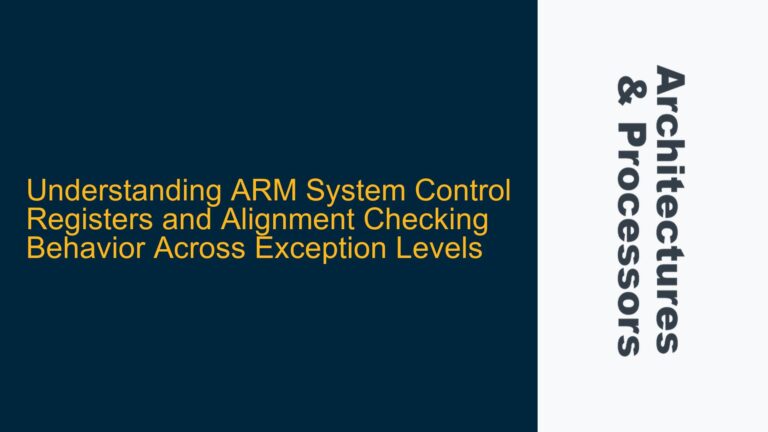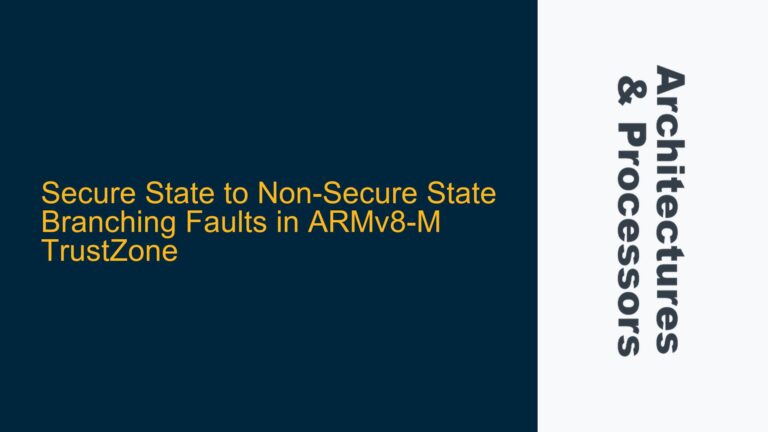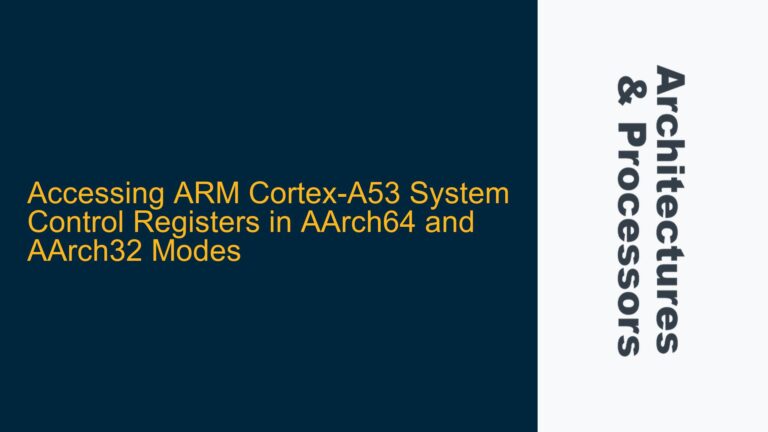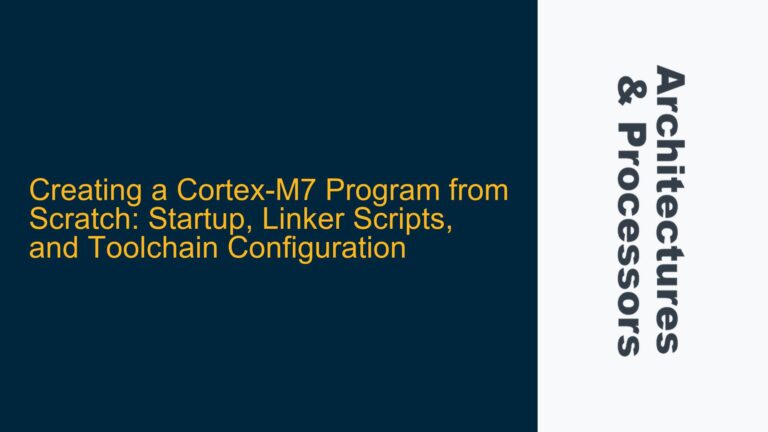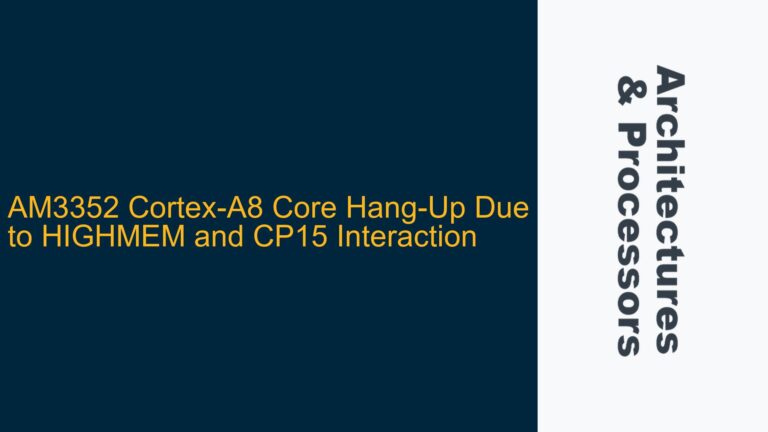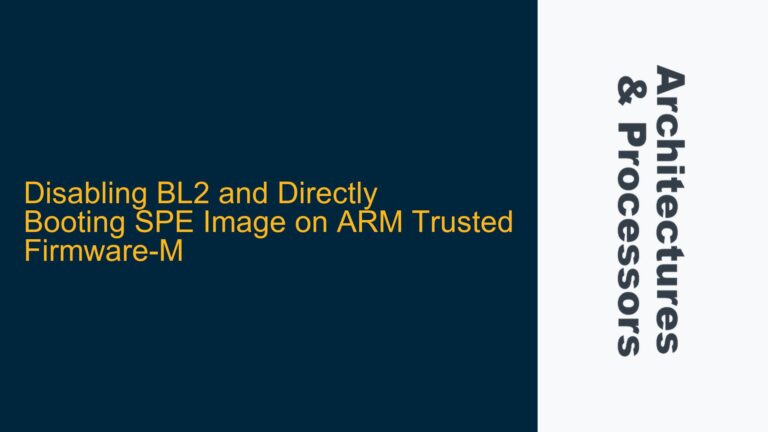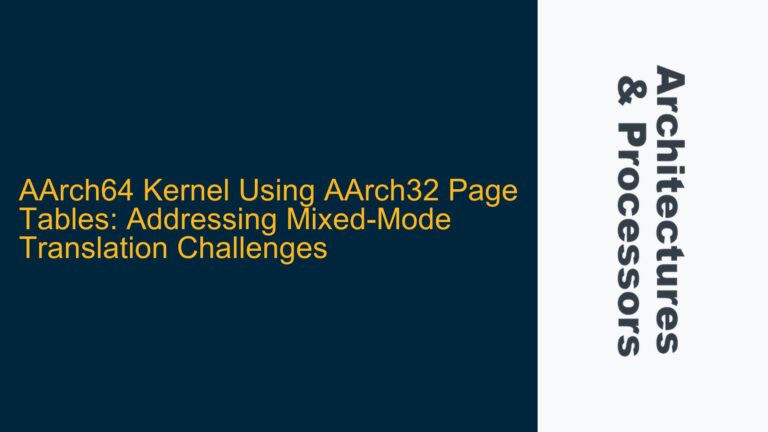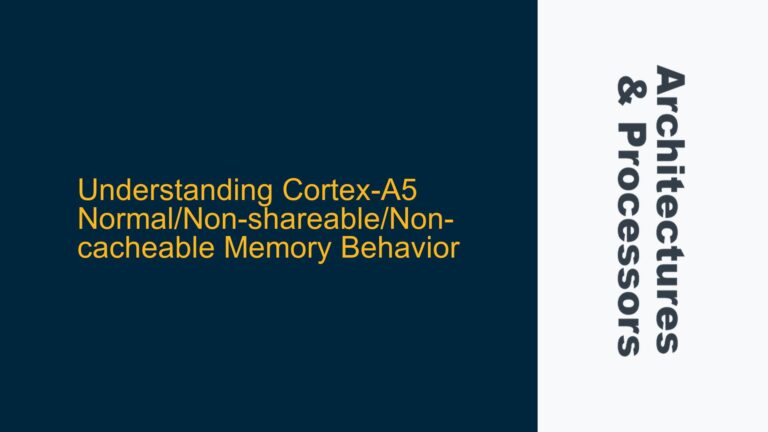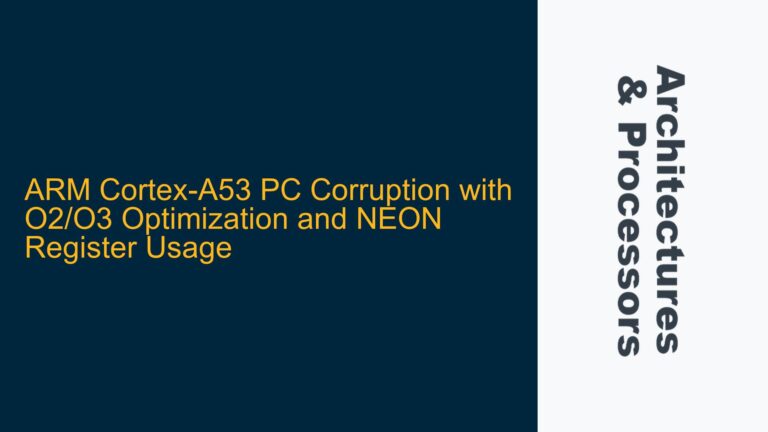Porting x86_64 Intrinsics to ARM64: Challenges and Solutions for Vector Dot Product
ARM64 Intrinsics and NEON: Understanding the Vector Dot Product Porting Challenge Porting x86_64 intrinsics to ARM64, particularly for operations like vector dot products, involves a deep understanding of both architectures’ SIMD (Single Instruction, Multiple Data) capabilities. The x86_64 architecture relies heavily on SSE (Streaming SIMD Extensions) for vectorized operations, while ARM64 leverages NEON technology for…

